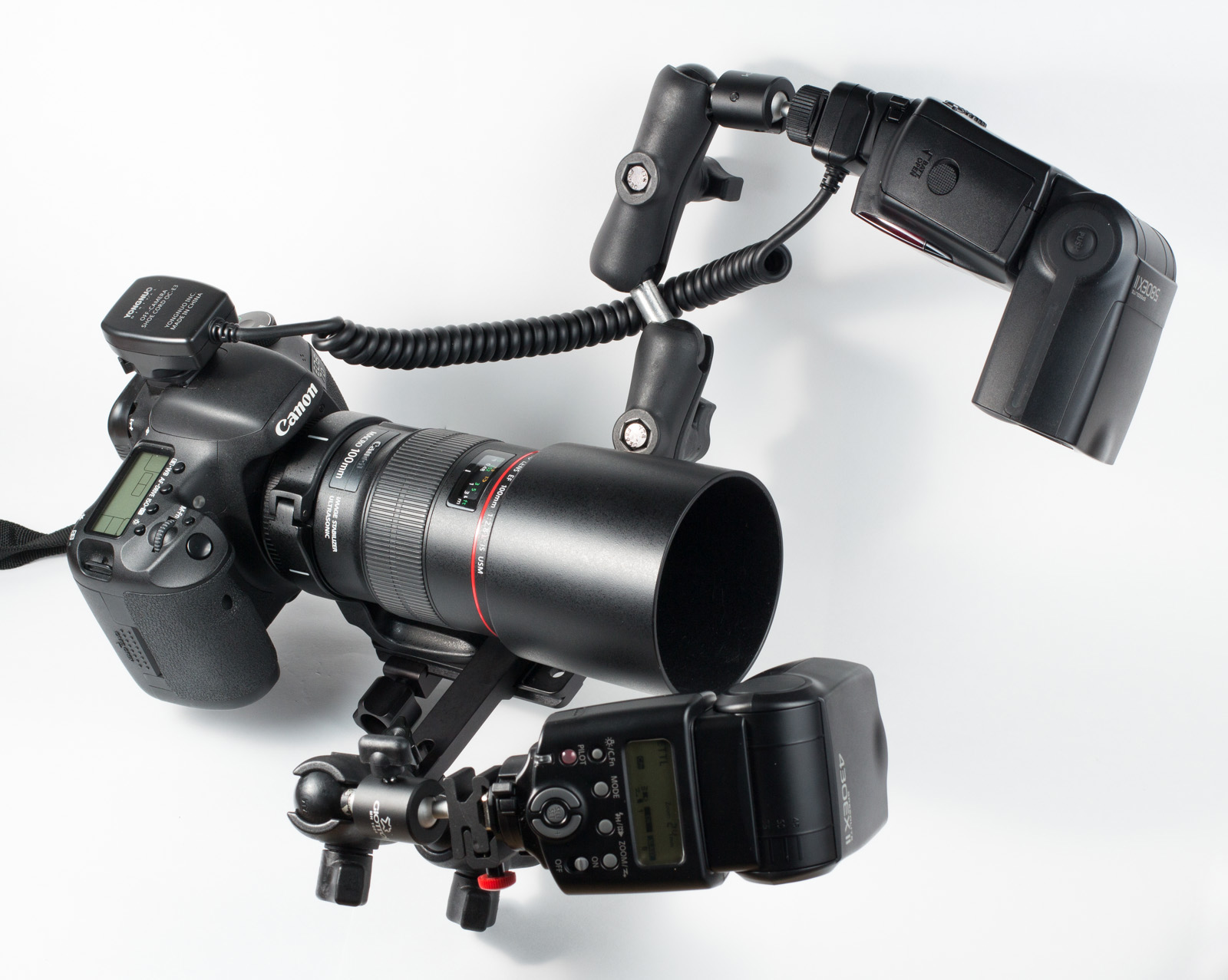Reporting automation workflow
Update:
Introduction
I work for a retail company and one of the consequences of this is IT not being a core competency of the organization. This is driven by a variety of factors—from internal customer demand to the sort of talent the organization attracts to where budget money gets allocated—but the net impact is an IT infrastructure and tooling that can be extremely limiting. This is in stark contrast with my peers, many of whom work in tech directly or in closely related fields, for whom provisioning a new VM is as simple as clicking a few buttons on an internal tool.
As an analyst, my work involves a lot of data wrangling. Most of this can and should be automated, but our IT limitations can make this a challenge. Figuring out how to automate with the available tools, which usually don't offer APIs—and if they have reporting at all it's to PDF or RTF documents formatted for printing and faxing (and can't be scheduled), has been a challenge.
These limitations have offered opportunities to get creative. This post outlines some of the convoluted processes I use to automate reporting with constraints on data retrieval, data processing, and report distribution.
